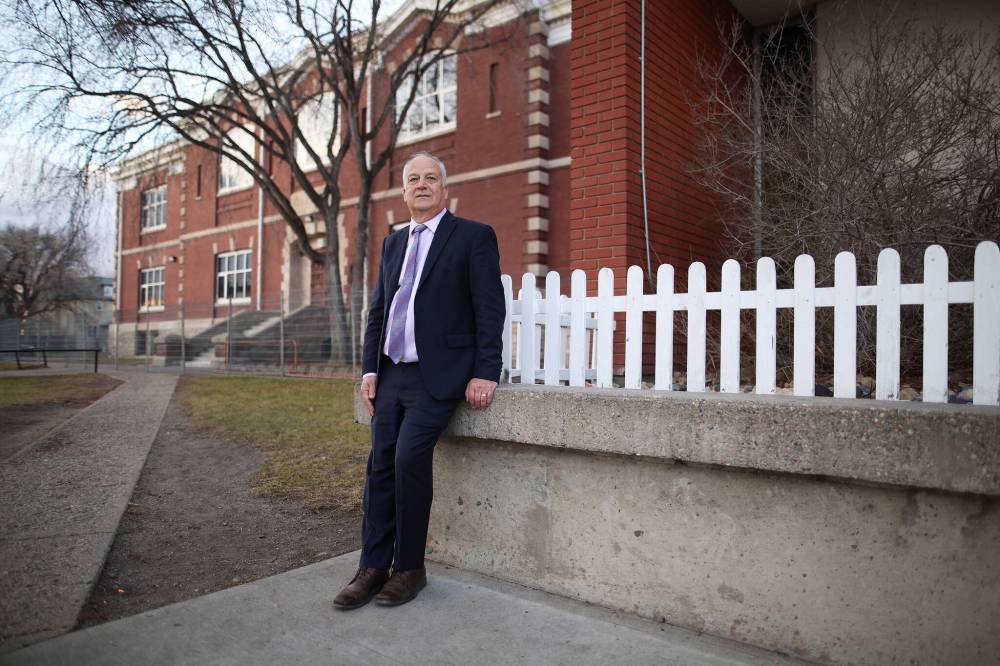Report highlights aging BSD infrastructure
Advertisement
Read this article for free:
or
Already have an account? Log in here »
We need your support!
Local journalism needs your support!
As we navigate through unprecedented times, our journalists are working harder than ever to bring you the latest local updates to keep you safe and informed.
Now, more than ever, we need your support.
Starting at $15.99 plus taxes every four weeks you can access your Brandon Sun online and full access to all content as it appears on our website.
Subscribe Nowor call circulation directly at (204) 727-0527.
Your pledge helps to ensure we provide the news that matters most to your community!
To continue reading, please subscribe:
Add Brandon Sun access to your Free Press subscription for only an additional
$1 for the first 4 weeks*
*Your next subscription payment will increase by $1.00 and you will be charged $20.00 plus GST for four weeks. After four weeks, your payment will increase to $24.00 plus GST every four weeks.
Read unlimited articles for free today:
or
Already have an account? Log in here »
The majority of Brandon School Division buildings are past middle age, according to an updated facility report.
BSD currently has 24 original school buildings (including the heating plant and core structures), not including Prairie Hope and Spring Valley Colony schools.
These range in age — from just five years old to almost 120 years old — with the average age at 62, Supt. Mathew Gustafson told trustees while presenting the report during the Monday evening general board meeting.

Brandon School Division Supt. Mathew Gustafson stands outside École New Era School on Tuesday. Gustafson says 75 per cent of the BSD’s buildings are 50 years of age or older, and only one is under 35 years old. (Tim Smith/The Brandon Sun)
“Seventy-five per cent of our buildings are 50 years of age or older,” Gustafson said. “Only one is under 35 years in age.”
The division’s buildings span more than a century, with its oldest facilities — École New Era (1906), the administration building (1927) and Earl Oxford (1928) — now well past 90 years old.
A large group of mid-century schools, including George Fitton (1954), Neelin (1956), St. Augustine (1957) and J.R. Reid (1959), make up the bulk of BSD’s aging infrastructure. Only a handful are relatively new, led by Maryland Park (2021), Waverly Park (1991) and Kirkcaldy Heights (1988).
Alongside the original structures, the division also operates 30 additions across its schools, including classroom wings, gymnasiums, vocational spaces and a bus garage. These additions range from nine to 70 years old, with an average age of 42 years. More than a third — 37 per cent — are at least 50 years old, he said.
The report excludes the new Maryland Park School addition and the Meadows School modular, as neither was occupied when data was compiled.
BSD’s 13 modular units, which stand alone from the main buildings, currently range from three to 14 years old. The division does not have a known life expectancy for modulars, and all of them remain in service, he added.
During trustee questions, Lorraine McConnell sought clarification.
“Of the modulars that are listed here, are all of them still in use?” she asked.
“Yes,” Gustafson responded, confirming none have been replaced since being installed.
Trustee Breeanna Sieklicki asked whether all modulars still function as classrooms. Gustafson explained that two modulars at École New Era School serve other purposes.
“They’re used for working with families, settlement workers in schools, and Indigenous education,” he said. “All the other ones are used as classrooms.”
Gustafson outlined a three-pronged maintenance strategy — corrective, preventive and predictive — but acknowledged the division is still heavily dependent on corrective work prompted by unexpected failures, such as plumbing leaks or mandated safety updates.
“Two years ago, we said we were trying to move more to the preventative and predictive,” he said. “But I have to report that BSD is primarily still utilizing corrective maintenance.”
The challenge, he added, is financial. Corrective costs continue to rise faster than available budgets, leaving fewer resources for preventative work that could extend building life and reduce long-term costs.
“Running equipment until it fails can be costly,” he told the trustees. “It can cost up to 10 times as much as a regular maintenance program, citing industry studies.”
Predictive maintenance, meanwhile, can save eight to 12 per cent over preventative approaches and as much as 40 per cent over reactive fixes, according to the U.S. Department of Energy.
Despite the financial strain, he told trustees the division remains committed to gradually shifting toward more preventative and predictive maintenance “when we can easily incorporate them.”
» aodutola@brandonsun.com
» X: @AbiolaOdutola
